I recently had a big birthday – 60 years old! There was a small party with family and friends, delicious cakes and some lovely presents. It was a perfect celebration of a new milestone in a long-ish life, a life mostly spent as a teacher, as well as a never-ending student.
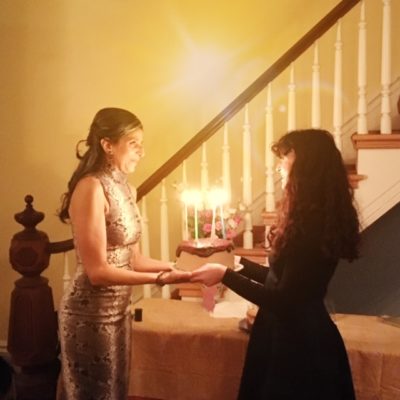
My evolution as a teacher began when I was a dancer – as a master dance teacher and then continued as a personal trainer, which morphed into a yoga teacher that now includes being a yoga therapist, too. It’s easy to think that after decades of being on both sides of the student-teacher divide, after years of teaching and taking numerous classes, workshops, and retreats, and after countless hours of listening to podcasts, webinars and lectures, that I’d be comfortable, secure and confident with what I know and how I teach. I certainly did feel that way the day I turned 60 with all the mileage earned in being a mindful and thoughtful teacher who always strives to help students reach their potential.
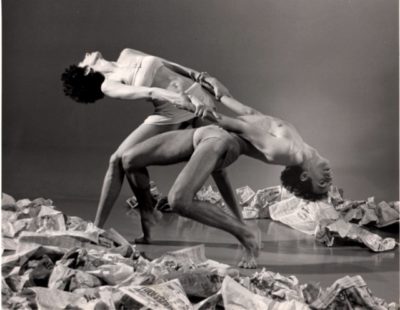
But that changed literally the next day when I had a learning experience that blew my mind, opened my eyes wide and changed how I saw the art of teaching, as well as my own techniques that I have developed over 30+ years.
I attended a workshop in Brooklyn called Yoga for Trauma given by Anneke Lucas of Liberation Prison Yoga. Anneke’s group works within prisons and jails, bringing yoga programs to incarcerated individuals, and educates the public about trauma-conscious yoga. Working with this population of prisoners, Anneke adapted an entirely new teaching method called the Unconditional Model, which she shared that weekend.
The Unconditional Model
The Unconditional Model is a methodology of teaching where there are no judgments made and nothing is said that might trigger someone who has endured deep trauma. So, how is this done? All of the yoga teaching in the Unconditional Model is done with NO COMMANDS!
Imagine a class where instructions like “Lift your arms up” or “Step your right foot forward” are not given. Anneke was more of a guide than a teacher. Her eyes were often closed as she taught and practiced alongside us in a circle. There were no corrections, no direct eye contact, no student adjustments, and no posture names. She’d say, “I lift my arms up and breathe in and I can feel my ribcage expanding with my breath.” We got a glimpse of her inner experience as she modeled her own practice. She’d offer possibilities of things that might come up for us, “In this lunge, you might feel some tightness in your hip,” or “Some people might feel this in the front leg and others might feel it more strongly in the back leg.”
Whoa! Wait a second….
Where I come from, this is not how we do it. We watch our students and keep our eyes open, even when students are in savasana. We don’t practice when we’re teaching because we’re busy teaching. Of course we know all the Sanskrit names of the poses along with plenty of cool anatomical terms. As for adjustments and modifications? I help many students with alignment actions and I often use my body to demonstrate the specifics of a pose. Plus, I give substantial verbal direction as I articulate individual alignment directions and movement. Now no commands? Huh?
It became starkly clear to me that the way I’ve been teaching is oriented toward a pyramid of power/pain with an authority figure at the top, descending to the least powerful at the base. All these years I’ve been at the front of a class, an experienced teacher telling her students exactly what to do every step of the way, just as I’ve been taught. When students come to my studio, they are told what to do from the moment they walk in — where to put their shoes, their mat, their body, etc. I suddenly had a new and very real view of the power dynamic in a yoga class.
Attempting to use the Unconditional Model to me was a worthwhile but awkward endeavor, especially after years of giving countless alignment cues. If I wasn’t going to use my experience and knowledge to identify and ease my student’s challenges, what would I do? I wasn’t quite sure.
The first time I used the Unconditional Model in a class it was for the beginning warm up. After class, like a flash, I could suddenly see my students in a new light. I saw the physical confusion they were working with – habitually patterned postures, a lack of spatial awareness, and a seeming loss of their own inner sense of themselves. I know that this “confusion” has been there for a long time, definitely as long as I’ve been teaching these students. But only when I let go of trying to control their experience with my precise instructions was I able to truly see them clearly.
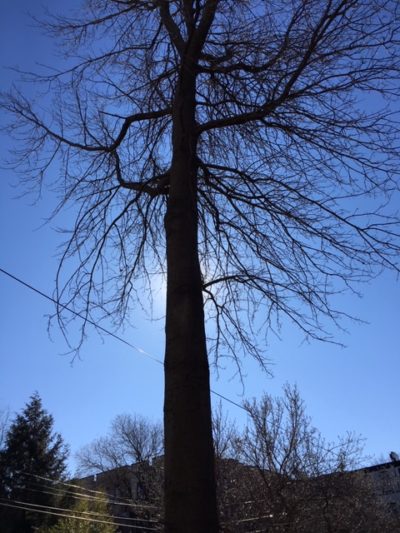
In the second class that I tried to be ‘with’ my students instead of directing them what to do, we were working on a single leg balance. In the previous weeks, I recommended shifting all the weight, including the pelvis and the skull, on top of the standing foot. This clear alignment stacking had been helping my students sustain longer balances. But now, even as they were balancing quite well, I noticed that their eyes, attention, and energy were all directed right at me, anticipating my next cue, instead of focusing internally. Balance can only happen when we are deeply attuned and fully inhabiting our body and mind, not pushing forward, toward someone else to see what to do next. Positioning myself, the teacher, in front of the class (as opposed to Anneke’s circle) is part of the hierarchical tradition of teaching and I could now feel that this was standing in the way of my student’s practice.
After a few of these classes where I try to be ‘with’ my students in their practice and also ‘leading’ them per usual, I realize how imperfectly I am doing both of these things. Not knowing exactly how to integrate this new awareness with the skills I’ve developed over a long time has certainly had its uncomfortable moments. If my goal is to get students to do poses as quickly as possible, directing their every move as I’ve always done would be the way to go. But deeper self-awareness and understanding is what I’m interested in developing and sharing, not speed or accuracy. With the Unconditional Model, students at all levels can touch the subtlety and depth of their practice at any point when they’re ready for it.
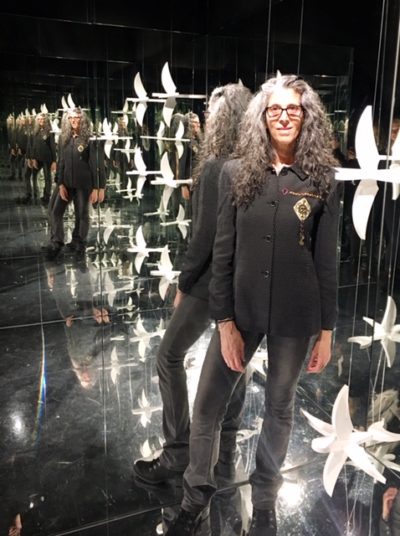
As always when trying something new, I’m making beginner mistakes and adjusting to find what works. In this process I truly appreciate my student’s patience. I’m taking this risk because it’s important to me to understand how power dynamics work in my life. It’s been confusing because I still love to demonstrate poses in class- a good demo is worth a thousand words! — even though that’s not part of this model as it draws the students attention away from themselves and onto the teacher. It’s also scary to discover that we’re so conditioned to being told what to do that we don’t even notice it. It’s as if we believe it’s expected of us. And we even like it. But I also feel excited because in some ways, I am starting over – at 60 years old!
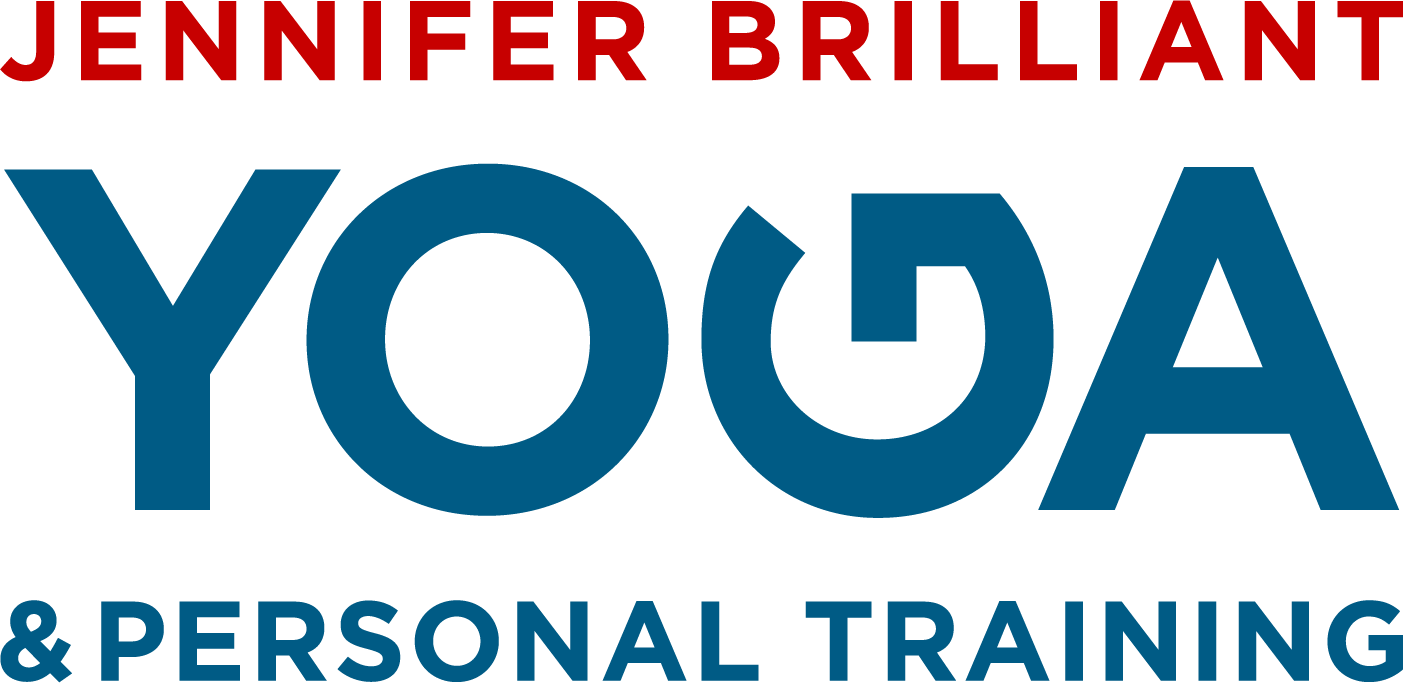
I love how utterly brave you are to do this, and I am happy for myself I got to see you working it out. So interesting, deep and rich. I especially love this: But only when I let go of trying to control their experience with my precise instructions was I able to truly see them clearly.
Yes, it’s been such a journey and I feel grateful to share it, especially with you.
That’s is so interesting. Thanks for sharing I love to read other peoples experiences especially experienced Yoga Teachers. This way I learn, get some assurance, an inner feeling that is indescribable, and more self-confidence to teach my senior citizens/participants modified versions of yoga asanas on a chair/mat. I just want them to get benefit and improve their mobility.
illa Soni,
illa: I’m so happy that this gave you such a good feeling of support. As you learn and gain confidence – you’ll continue to truly help your students!
What a beautiful essay that took me into the mind of a teacher and filled me with respect. Thank you.
And to you Celeste, thanks for all the support you gave me on this topic.
You are truly a teacher in the highest sense – humble, loving and caring. Thank you for this beautiful article. There is so much here to consider about who we are, how we move and live in this world, how we interact with others. Ahhh – Beginners Mind!
Thank you for your kind words, Mary Angel! Yes, there’s always so much to learn and we’re doing it, right?!
Wonderful to read this today. I am a yoga teacher and yoga therapist, and was a dancer. I danced with Jorge Gale when he was in Mexico City, in probably 1980. I’m 57 years old.. It’s very interesting this thing you are doing, all that you talk about. Thanks for sharing. A lifetime learning experience. Big hugs to you.